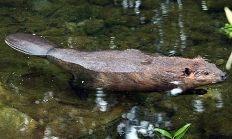Fish Restoration and Enhancement Board to meet on Sept. 30
SALEM, Ore. — ODFW's Fish Restoration and Enhancement Board will meet in person on Tuesday, Sept. 30 from 8:30 a.m. to 5 p.m., in Redmond at The Lodge at Eagle Crest. The meeting will occur in person and via Teams, and members of the public may attend the meeting in person or virtually. The agenda…








